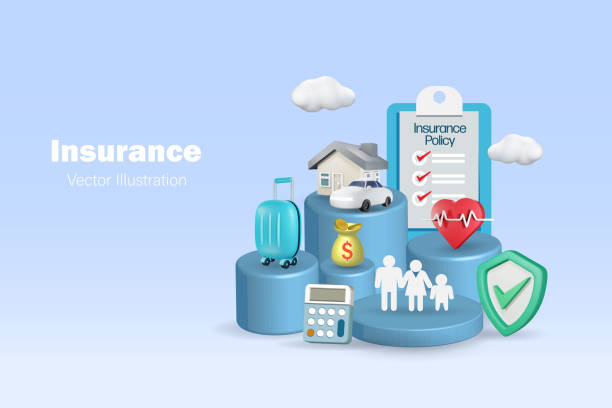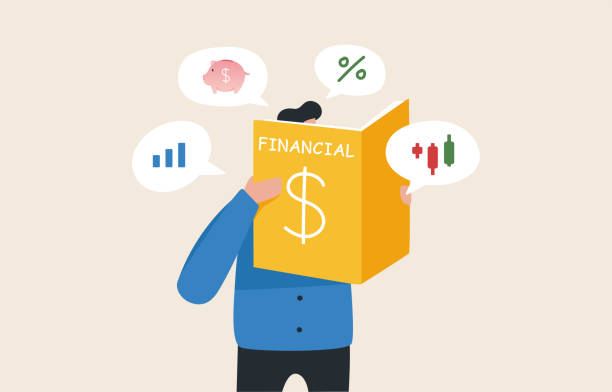Financial stability requires careful planning, and two key components of a solid financial foundation are emergency funds and insurance. Both serve to protect you from unexpected financial shocks, yet they address different kinds of risks. An emergency fund is a cash reserve you can use for unforeseen expenses, while insurance provides financial protection against specific risks, such as medical emergencies, accidents, or property damage.
If you’re deciding which to prioritize, it’s crucial to understand their roles, differences, and how they can complement each other. This guide will explore the purpose of each, their pros and cons, and strategies for striking the right balance based on your financial situation.
What is an Emergency Fund?
An emergency fund is a dedicated savings account designed to cover unexpected expenses, such as:
- Medical bills
- Car repairs
- Job loss
- Urgent home repairs
The primary purpose of an emergency fund is to provide a financial safety net so that you don’t have to rely on high-interest credit cards, loans, or deplete long-term savings during times of crisis.
What is Insurance?
Insurance is a contract where you pay a premium to a provider in exchange for financial coverage against specific risks. Insurance covers events that might otherwise result in significant financial hardship. Common types include:
- Health insurance: Covers medical expenses.
- Life insurance: Provides financial support to your family in case of your death.
- Auto insurance: Protects against car-related accidents or theft.
- Home insurance: Covers damage or loss to your property.
- Disability insurance: Replaces income if you’re unable to work due to illness or injury.
Emergency Funds vs. Insurance: Key Differences
| Feature | Emergency Fund | Insurance |
|---|---|---|
| Purpose | Covers a wide range of unexpected expenses | Protects against specific, pre-defined risks |
| Flexibility | Can be used for any emergency | Limited to the insured event |
| Access | Immediate access to cash | Requires a claim process |
| Cost | Opportunity cost of saving | Regular premium payments |
| Coverage Limit | Depends on the size of the fund | Policy terms define the limit |
Why You Need an Emergency Fund
- Broad Applicability:
An emergency fund isn’t tied to specific risks, making it more versatile. Whether it’s a surprise medical bill, a leaky roof, or job loss, having liquid cash allows you to handle these situations immediately. - Quick Access:
Unlike insurance, which often involves claims and waiting periods, an emergency fund provides instant access to cash when you need it most. - Avoiding Debt:
Without an emergency fund, you might resort to credit cards or loans during a crisis, potentially incurring high-interest debt. - Peace of Mind:
Knowing you have a financial cushion reduces stress and helps you handle emergencies with confidence.
Why You Need Insurance
- Protection Against Major Risks:
Insurance covers expenses that could devastate your finances, such as a hospital stay, a major car accident, or a house fire. - Cost Efficiency:
Paying regular premiums is often far cheaper than bearing the full cost of an unexpected event. - Legal Requirements:
Certain types of insurance, such as auto insurance, are legally mandated, making them non-negotiable in specific situations. - Family Protection:
Life insurance ensures your loved ones are financially secure if something happens to you, while health insurance safeguards against medical expenses.
Scenarios Where Emergency Funds and Insurance Complement Each Other
Medical Emergency
- Emergency Fund: Covers small out-of-pocket costs like deductibles or co-payments.
- Insurance: Handles major medical expenses, such as surgery or hospitalization.
Car Accident
- Emergency Fund: Can be used for minor repairs or to cover transportation costs while waiting for an insurance claim.
- Insurance: Pays for extensive damage or liability resulting from the accident.
Job Loss
- Emergency Fund: Provides immediate financial support for living expenses until you find a new job.
- Insurance: Disability insurance can replace income if you’re unable to work due to illness or injury.
Home Damage
- Emergency Fund: Helps with temporary accommodation or small repairs not covered by insurance.
- Insurance: Covers major repairs or replacement costs in case of disasters like fire or theft.
Factors to Consider When Prioritizing
- Income Stability:
- If your income is stable, you might prioritize insurance first since it protects against high-cost risks.
- If your income is variable or uncertain, building an emergency fund should come first to cover immediate needs.
- Existing Coverage:
- If you already have adequate insurance through your employer or another source, focus on creating an emergency fund.
- If your current coverage is insufficient or non-existent, prioritize essential insurance, such as health and life insurance.
- Risk Exposure:
- Assess the likelihood of major risks in your life. For example, if you have dependents, life insurance is a must. If you own a car, auto insurance is essential.
- For risks with a lower likelihood but high impact, insurance is more efficient than relying solely on an emergency fund.
- Current Savings:
- If you don’t have any emergency savings, focus on building a small fund ($1,000 to $2,000) before investing in insurance.
- Cost of Insurance:
- Evaluate how premiums fit into your budget. Skipping essential insurance to save on premiums can lead to greater financial losses later.
How to Strike the Right Balance
- Start Small with Both:
- Build a basic emergency fund (around $1,000) while purchasing essential insurance like health and auto coverage.
- Create a Budget:
- Allocate part of your income toward building your emergency fund and paying insurance premiums. For example, you might dedicate 10% of your monthly income to savings and 5% to insurance.
- Evaluate Regularly:
- Reassess your financial situation periodically. As your emergency fund grows, you can shift more focus to increasing insurance coverage, or vice versa.
- Leverage Employer Benefits:
- Many employers offer subsidized insurance plans, such as health, life, and disability insurance. Take advantage of these benefits to minimize costs while focusing on savings.
- Avoid Over-Insuring:
- Purchase only the insurance coverage you truly need. For example, if you’re young and healthy, a high-deductible health plan might suffice, allowing you to focus on savings.
- Automate Both:
- Set up automatic transfers to your emergency savings account and arrange for automatic insurance premium payments. This ensures consistency and helps you avoid missed payments or skipped contributions.
Common Mistakes to Avoid
- Relying Solely on One:
- An emergency fund without insurance may not cover catastrophic events, while insurance alone won’t help with everyday financial emergencies.
- Ignoring Employer Coverage:
- Overlooking employer-provided insurance can lead to unnecessary expenses.
- Delaying Action:
- Waiting too long to build savings or buy insurance can leave you financially vulnerable during an unexpected event.
Final Thoughts
Both emergency funds and insurance play critical roles in achieving financial stability. While an emergency fund provides immediate liquidity for unexpected expenses, insurance shields you from significant financial losses. The right approach is to balance the two based on your income, risk exposure, and financial goals.
Start by creating a small emergency fund while securing essential insurance coverage. As your financial situation improves, expand both areas strategically to ensure comprehensive protection. By prioritizing wisely and planning ahead, you can confidently navigate life’s uncertainties and safeguard your financial future.

